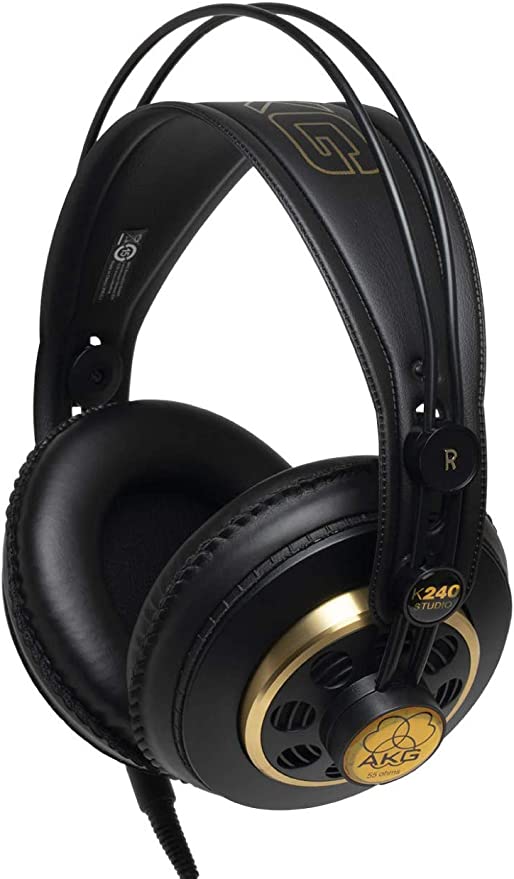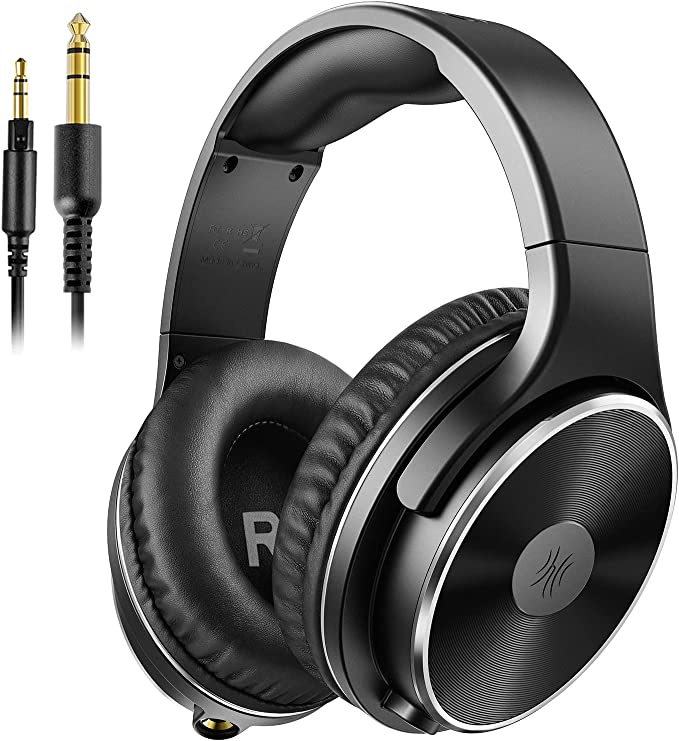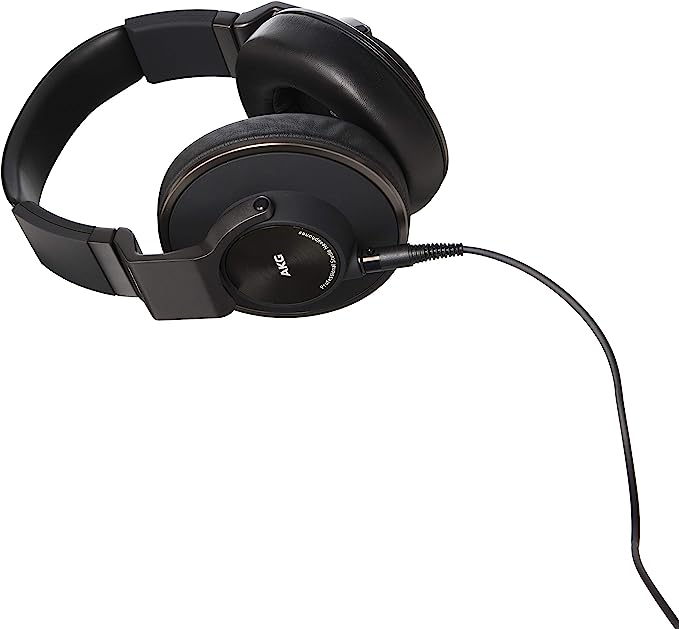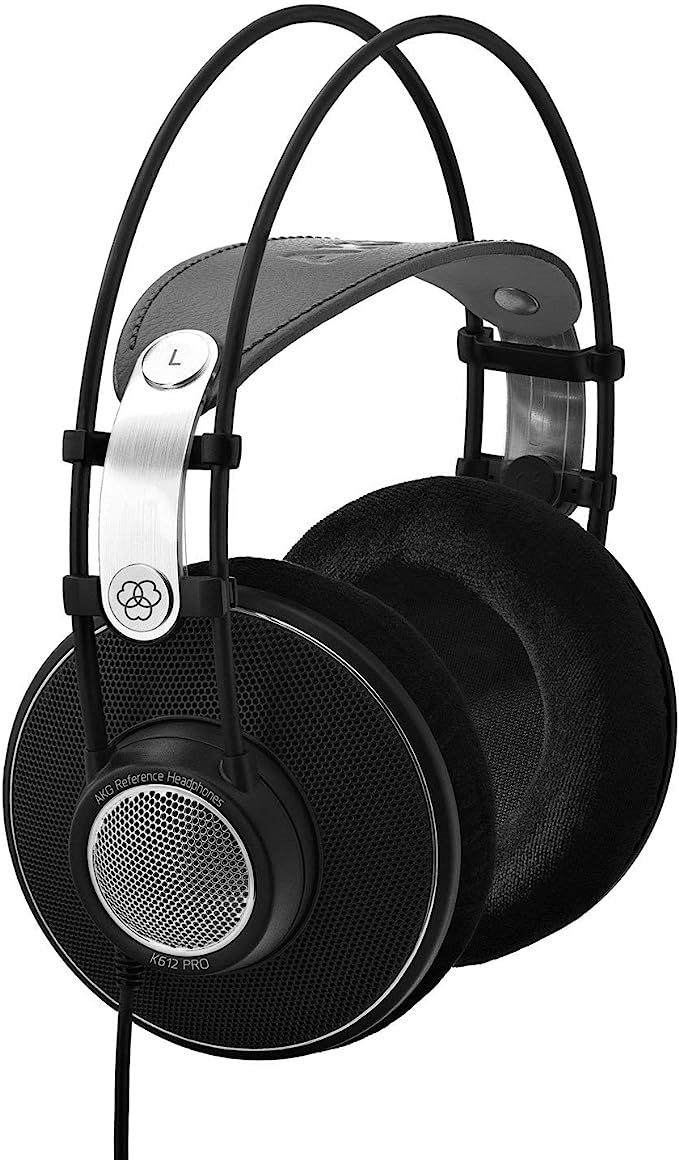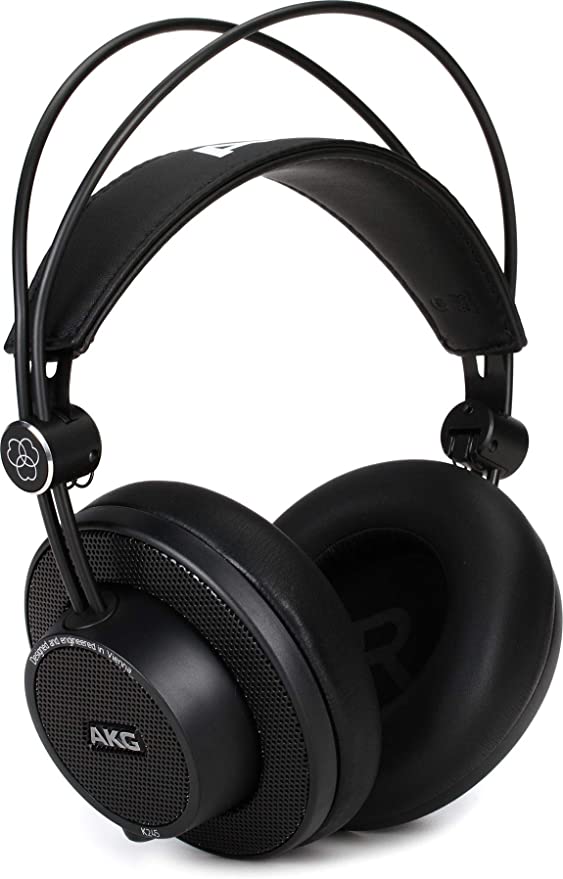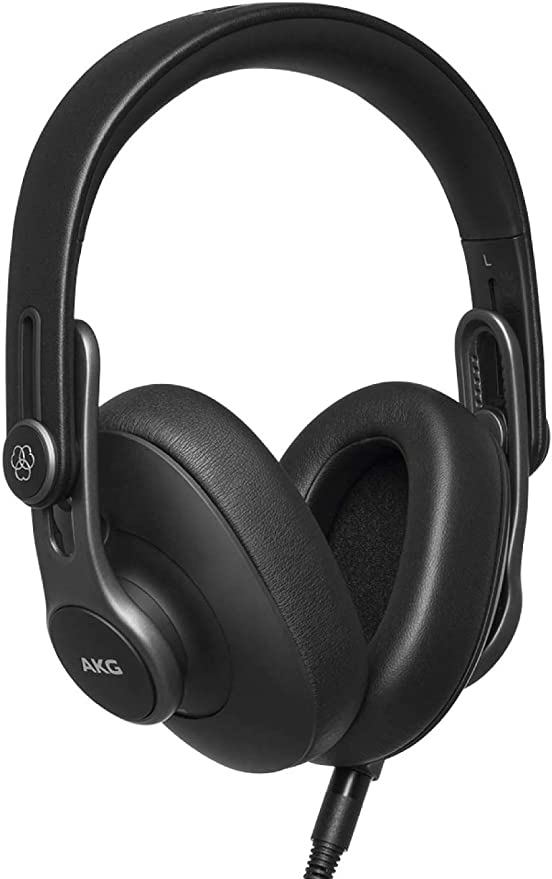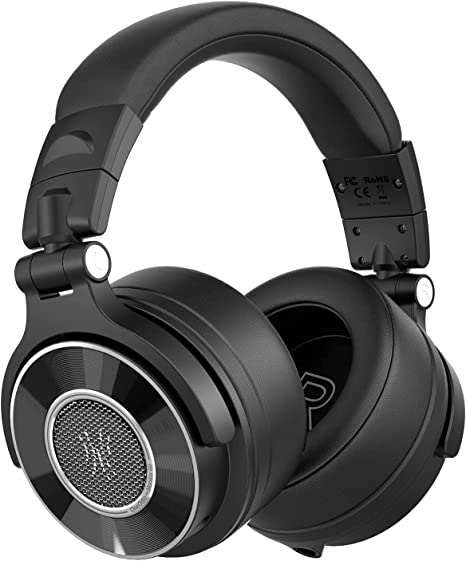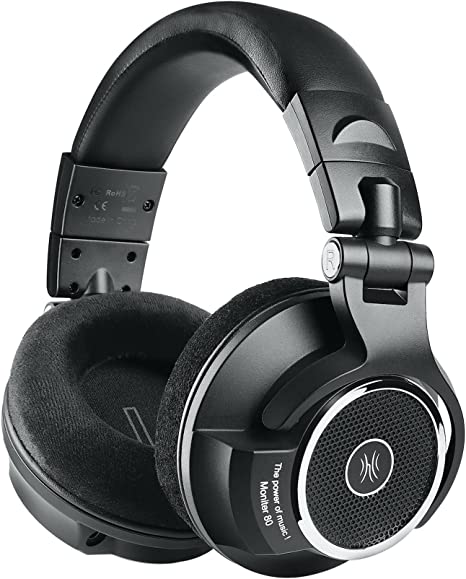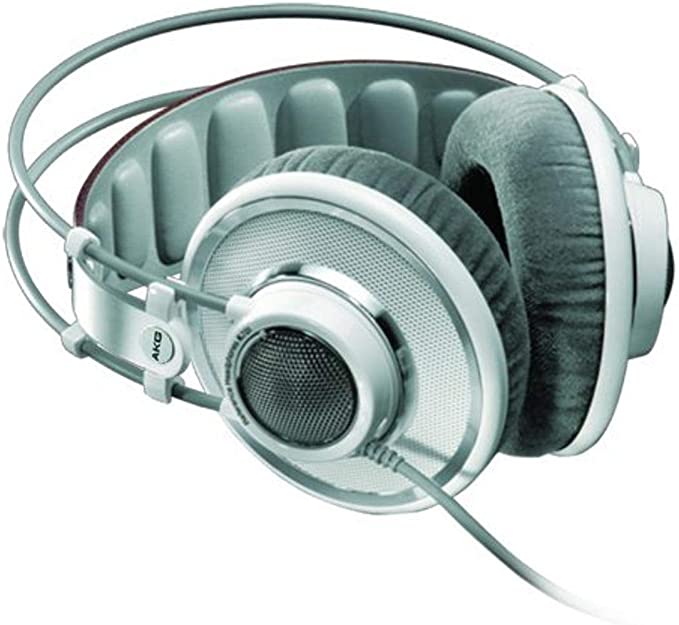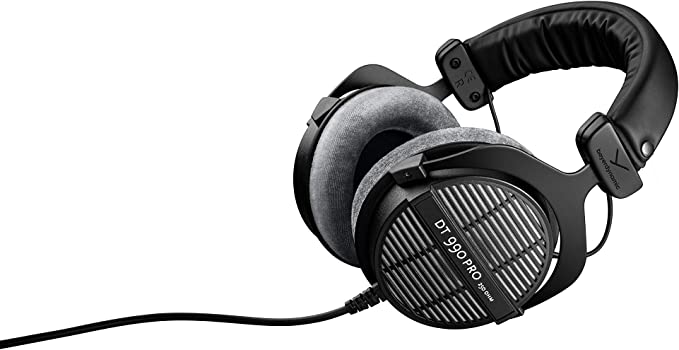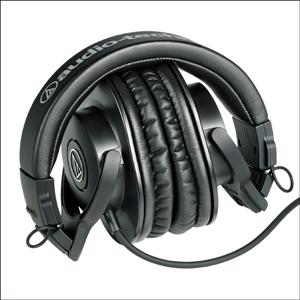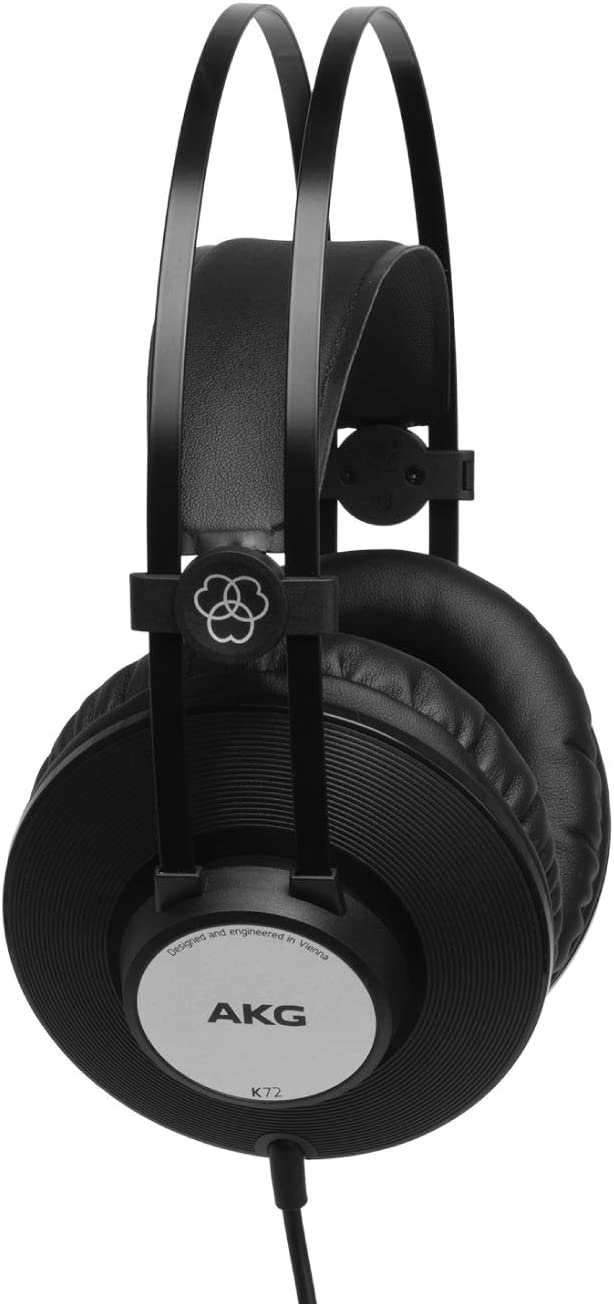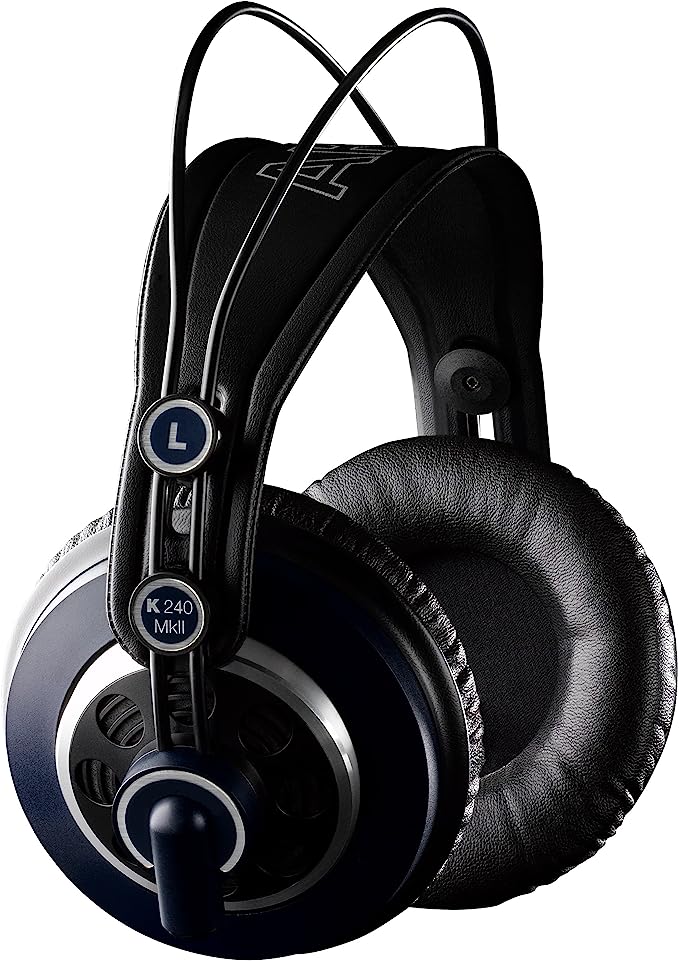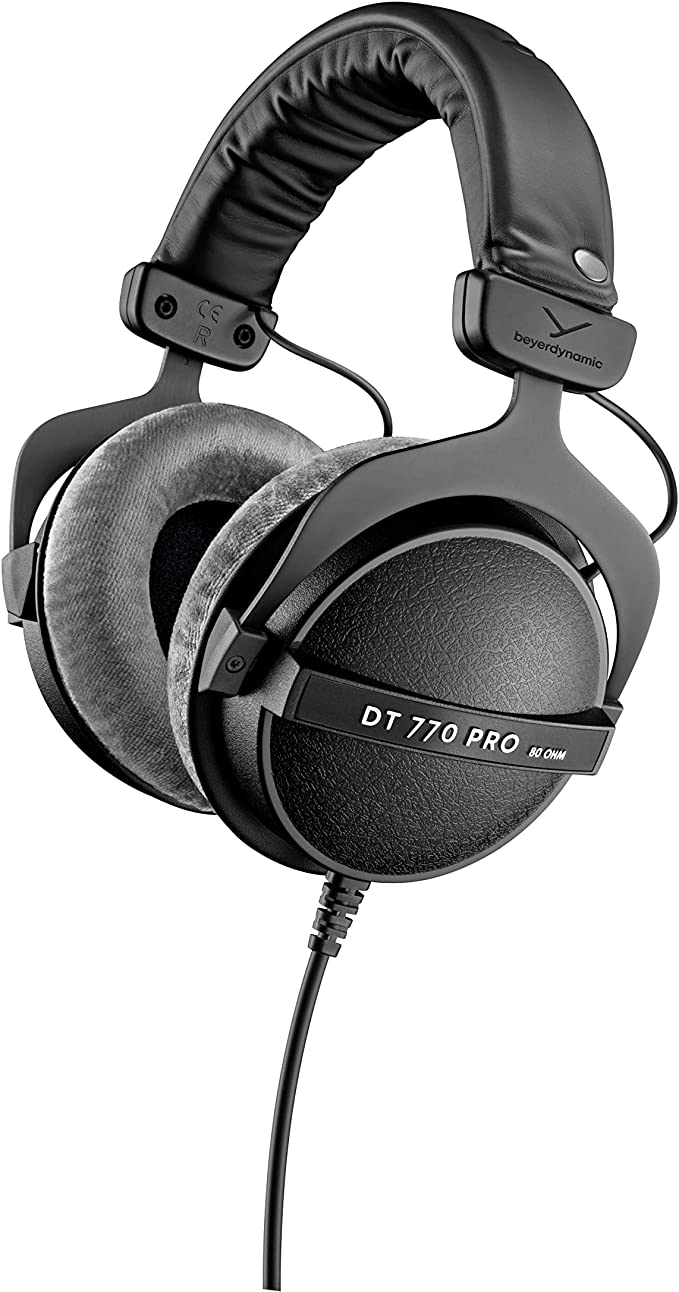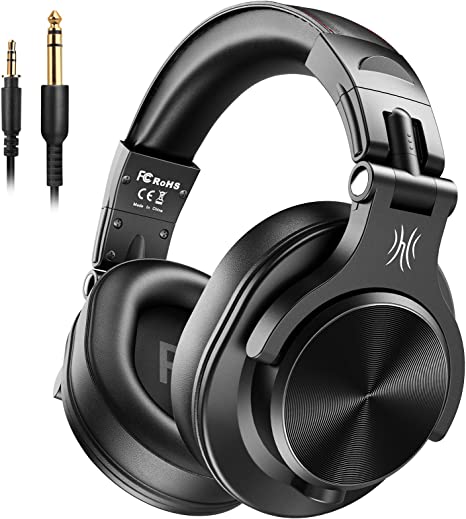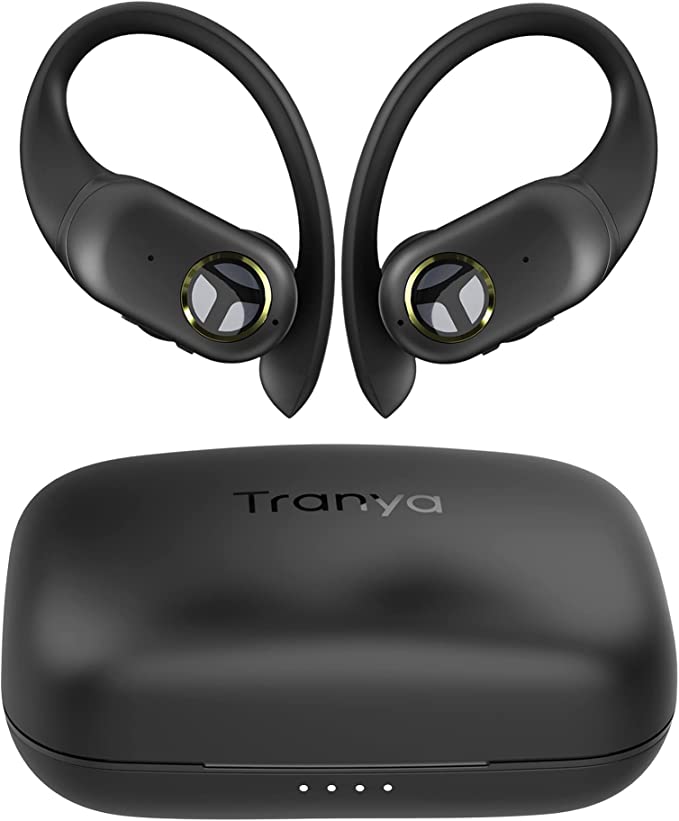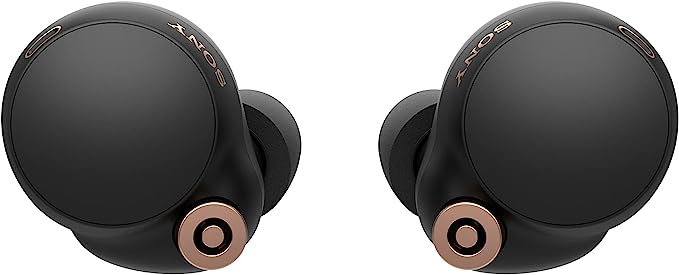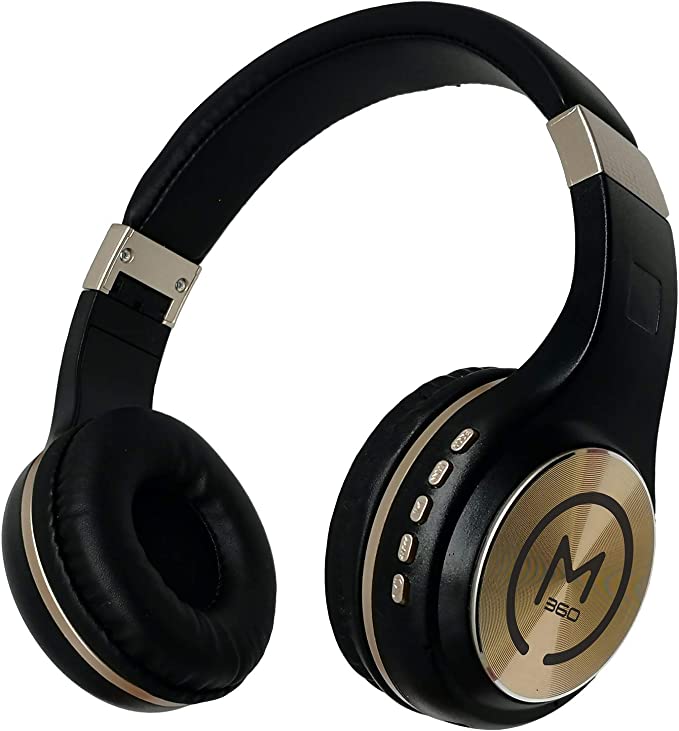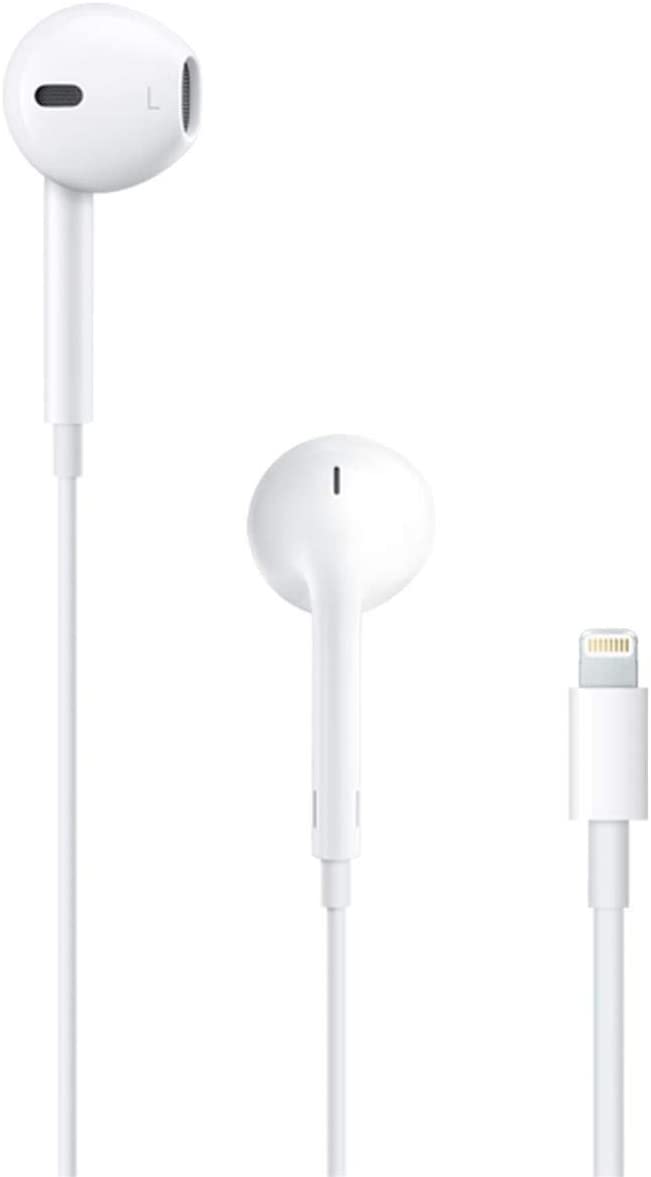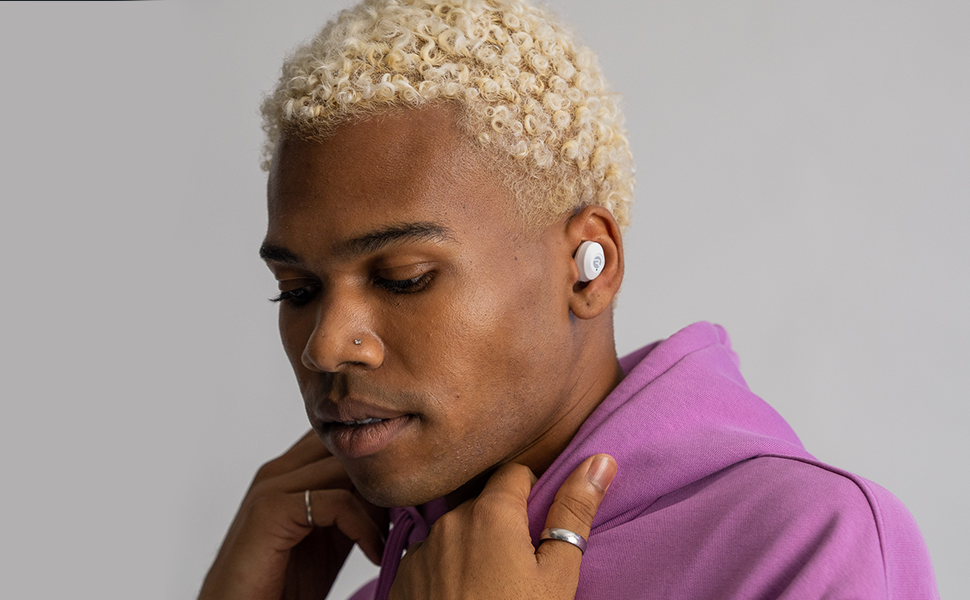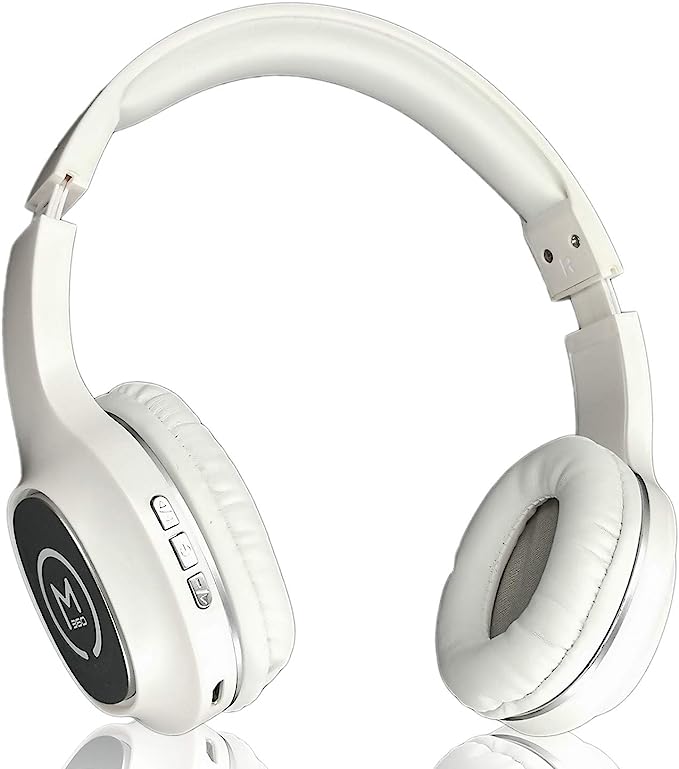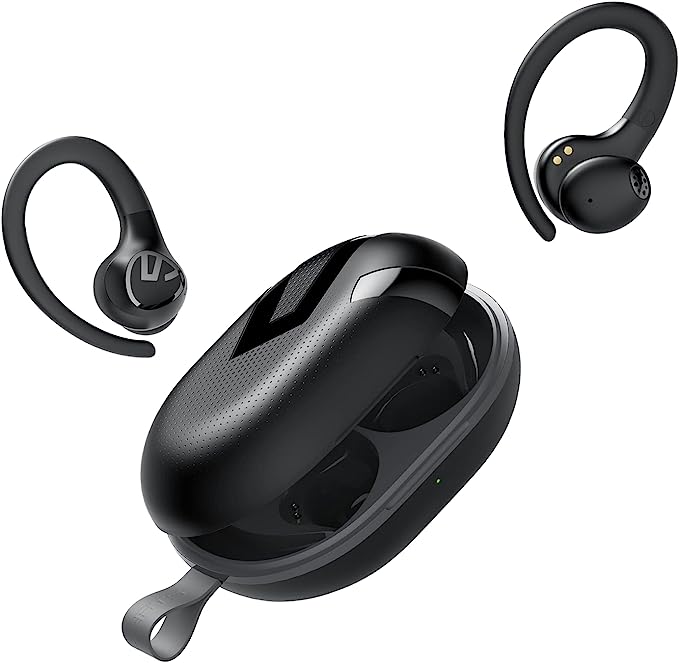Shure SRH240A Professional Monitoring Headphones: Precise Sound Quality, Superior Comfort
Update on June 29, 2025, 9:05 a.m.
You’ve spent hours crafting it. The bass line is perfect, the vocals soar, and every element sits just right in your headphones. You export the file, full of pride, and play it in your car. Suddenly, the bass is a muddy mess. You listen on your phone, and the vocals sound thin and distant. What happened?
Welcome to one of the most frustrating rites of passage for any new creator. The problem isn’t necessarily your mix; it’s your tool. Most consumer headphones aren’t built to tell you the truth. They are sonic makeup artists, designed to flatter sound with booming bass and artificially sharp highs. They make everything sound “good,” which is the last thing you need when you’re trying to create something great.
To build, to mix, to truly understand sound, you don’t need a flatterer. You need an honest mirror. This is the core philosophy of a professional studio monitor, and for those of us starting our journey in home recording or podcasting, the Shure SRH240A Professional Quality Headphones are often that first, crucial, and refreshingly honest mirror.

The Anatomy of a True Reflection: Inside the Driver
What gives a mirror its honesty? The quality of its glass. For a headphone, the equivalent is its driver—the tiny engine that turns electricity into sound. The SRH240A uses 40mm neodymium dynamic drivers, and those terms aren’t just marketing jargon; they are the physics of its honesty.
Think of the driver as a high-resolution camera sensor. The “neodymium” magnet is the key. Neodymium is a powerful rare-earth element that creates an intense magnetic field, allowing the driver’s diaphragm to be controlled with incredible precision. This means it can start and stop on a dime. In photography, this would be a fast shutter speed, capturing a crisp image of a moving object without blur. In audio, this is called transient response. It’s the ability to accurately reproduce the sharp crack of a snare drum or the pluck of a guitar string without smearing the sound. It’s the foundation of clarity.
The “40mm” size is the dimension of that sensor. It’s large enough to move a significant amount of air, which is essential for reproducing low frequencies. But unlike a “bass-boosted” headphone that violently shoves a caricature of bass at you, the SRH240A’s driver is designed to render the bass with presence and detail, allowing you to hear not just the thud, but the tone and melody of the bass guitar itself.

The Darkroom Principle: Why Isolation is Not a Luxury, But a Necessity
A photographer needs a darkroom to see the true colors of a print, free from the contamination of outside light. As a creator, you need an acoustic darkroom. This is the role of the SRH240A’s closed-back, circumaural design. “Circumaural” simply means the pads go around your ears, not on them, which is vital for comfort during long mixing or listening sessions, preventing what we call “ear fatigue.”
The “closed-back” part is the genius of the darkroom. The solid outer shells create a seal, achieving two critical goals. First, they provide passive noise isolation, quieting the world around you so you can focus on the minute details of your audio. But more importantly for recording, they prevent sound from leaking out. Imagine recording vocals while a click track is playing in your headphones. If that “click, click, click” bleeds out and gets picked up by your sensitive microphone, that recording is permanently scarred. The closed-back design is the simple, elegant solution that keeps your recorded takes clean. This isn’t a luxury feature; for a recorder, it’s a fundamental necessity.
Learning to Read What You See: The Uncomfortable Truth of a Flat Response
Now, let’s address the elephant in the room. Many first-time users of monitoring headphones, like some reviewers on Amazon, say, “The bass is lacking.” This is not a complaint. It is a revelation.
Consumer headphones are funhouse mirrors; they stretch and distort the reflection to be more “exciting.” They often have a “V-shaped” sound signature, exaggerating the very low and very high frequencies. The SRH240A is an optically pure, flat sheet of glass. It aims for a flat frequency response, meaning it tries to reproduce all frequencies at an equal level. It doesn’t add bass. It doesn’t subtract mids. It just shows you what is there.
At first, this can feel boring, even wrong. But this uncomfortable truth is your greatest teacher. When the bass sounds “lacking” in these headphones, it’s because there isn’t enough bass in your mix. They force you to add and shape the low end correctly, so that it translates beautifully to all other systems—the car, the phone, the laptop. You learn to fix the source, not to rely on a flattering playback device. This is the single most important lesson in audio mixing. And with a low impedance of 38 ohms, this “mirror” is easy to power, reflecting a clear image whether plugged into a professional audio interface or directly into your laptop.

A Tool Built for the Workbench, Not the Jewelry Box
Look at the SRH240A. It’s not flashy. It’s built from sturdy black plastic, not exotic woods or alloys. The cable is permanently attached, a design choice that favors durability over the convenience of replacement. It’s a tool, designed to be picked up, used, and relied upon day after day. This embodies the “Legendary Shure quality”—not a promise of indestructible luxury, but a commitment to dependable function.
Yes, as some users note, the earpads can sometimes come off. This is a fair criticism and likely a cost-saving compromise in a headphone at this price. But it also points to a professional mindset: parts that wear out, like earpads, are designed to be replaceable (the HPAEC240 model). It’s a tool you maintain, not one you throw away. It’s built for the workbench, not the jewelry box.
Ultimately, the Shure SRH240A is more than a pair of headphones. It’s your first lesson in critical listening. It’s an affordable investment not just in a piece of gear, but in your own skill. The goal isn’t to stare into the mirror forever. It’s to use it to train your own eyes—your ears—until you can intuitively see the truth of a sound, no matter where you hear it. Stop letting your headphones lie to you. It’s time to see what your creations really look like.
